Ken Ware, NeuroPhysics Therapy Institute, Australia
Facioscapulohumeral muscular dystrophy (FSHD) is one of the most frequent hereditary muscle disorders. It is said to be a ‘genetic’ muscle disorder in which the muscles of the face, shoulder blades, and upper arms are among the most affected. This presentatio [....] » Read More
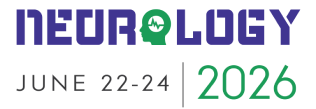

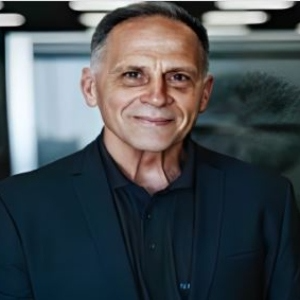

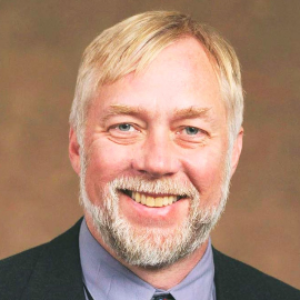
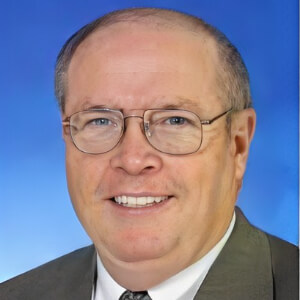
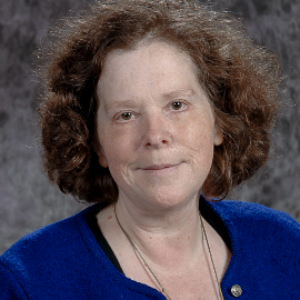
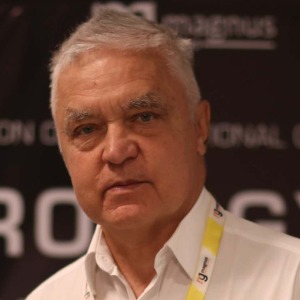
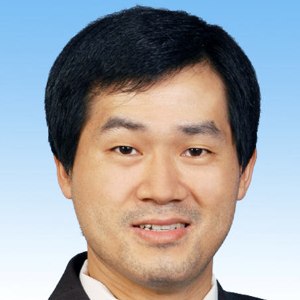
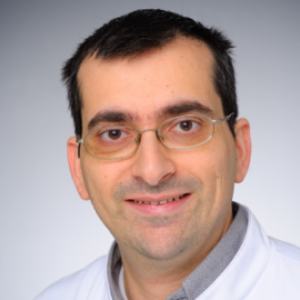

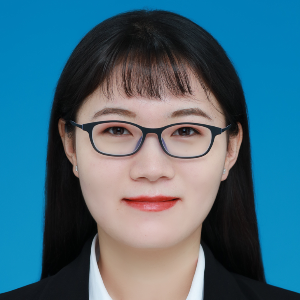


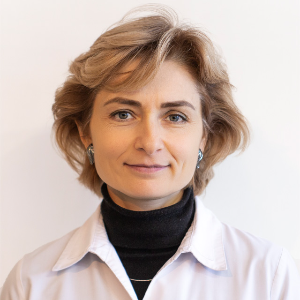
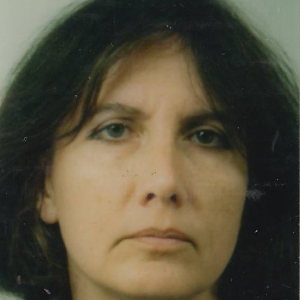


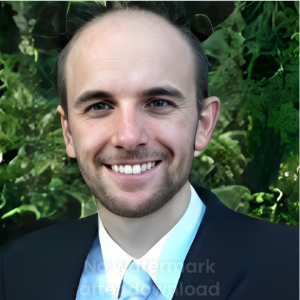
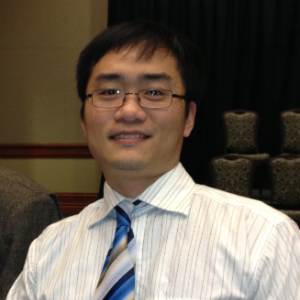
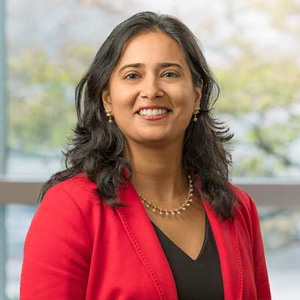
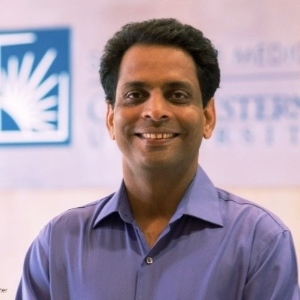

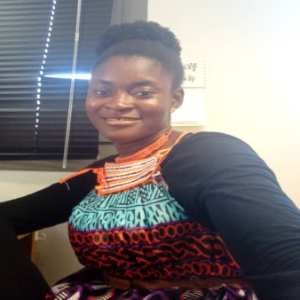
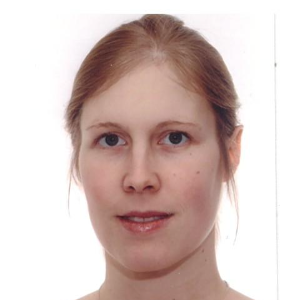
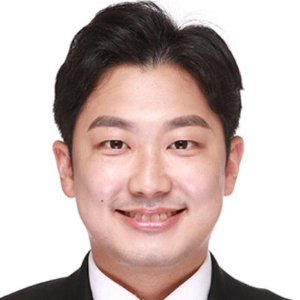

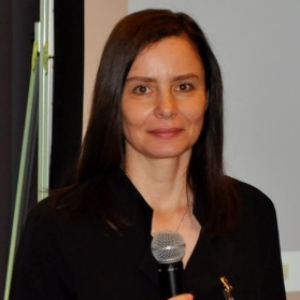
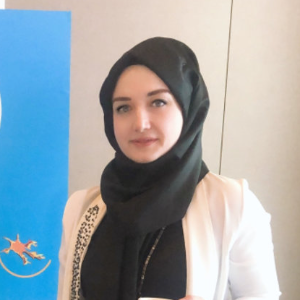
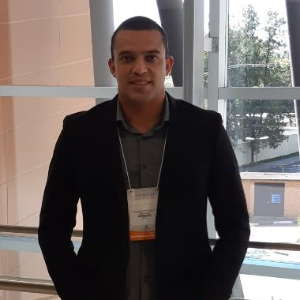


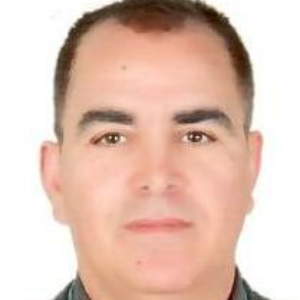


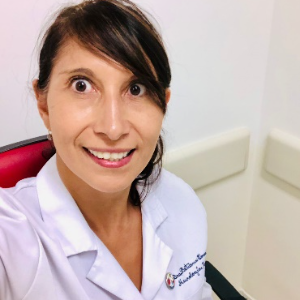
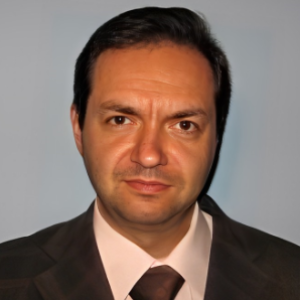

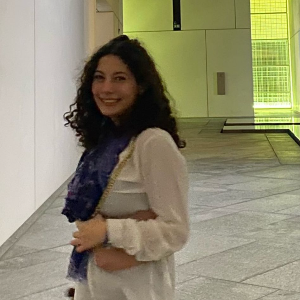
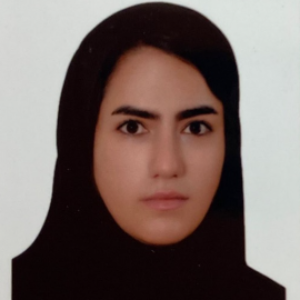
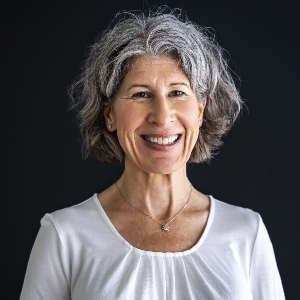



Title : Transcranial laser photobiomodulation on posterior reversible encephalopathy syndrome
Juan Moreira, CNC / Gnosis Neurointegrative Center, United States
Posterior Reversible Encephalopathy Syndrome (PRES) have been described as a clinicoradiological syndrome characterized by acute ruptured of the Blood Brain Barrier and development of vasogenic edema secondary to acute endothelial injury. MRI shows predominantly reversible pariet [....] » Read More
Title : Neuro nanomedicine: Penetrating the blood brain barrier, delivering stem cells, treating stroke and meningitis, and so much more
Thomas J Webster, Interstellar Therapeutics, United States
Nanotechnology has revolutionized numerous industries, particularly medicine. Nanoparticles, nanotubes, drug delivery nanoparticles, and nanotextured neural probes are just several of many examples where nanomedicine is positively impacting neuroscience. This presentation will su [....] » Read More
Title : The association between pupil reactivity and cognitive measures among community-dwelling middle-aged and older adults
Yanjun Chen, University of Wisconsin Madison, United States
Aims: The pupillary light reflex (PLR) has been widely used to reflect visual function and brain activities, making it a potential biomarker for central nervous system (CNS) neurodegeneration. In this cross-sectional study, we evaluated the association between the PLRs and cognit [....] » Read More
Title : Transcranial photobiomodulation on acute & subacute stroke patients
Juan Moreira, CNC / Gnosis Neurointegrative Center, United States
The limited time for a therapeutic window of intravenous thrombolysis have been a problem since it’s approval twenty eight years ago. The availability of a stroke team for thrombectomy or intravenous thrombolysis , and the complexity of the eligibility criteria may be facto [....] » Read More
Title : Impact of exercise intensity on cerebral BDNF levels: Role of FNDC5/Irisin
Clemence Leger, University of Burgundy, France
Physical exercise (EX) is an essential approach to improve physical and brain health. It is well known that positive effects of EX on brain involve the upregulation of cerebral BDNF (brain-derived neurotrophic factor), which promotes neuronal plasticity and cognit [....] » Read More
Title : Case series on brain stimulation using TPS: Sustained therapeutic effects even in early Alzheimer’s disease
Ali Riza Gunes, Alexius/Josef Hospital Neuss, Germany
Background Alzheimer's dementia (AD) is the most common form of dementia worldwide, affecting 1.8 million people in Germany alone. Various forms of therapy are available, yet AD cannot be stopped, even with innovative approaches such as monoclonal antibodies. The therape [....] » Read More
Title : A randomized double-blind clinical trial on the efficacy of transcranial direct current stimulation in reducing alcohol consumption in non-abstinent patients with alcohol use disorder
Anastasia Demina, Dijon Bourgogne University Hospital, France
Background: Recent studies suggest that transcranial direct current stimulation (tDCS) targeting the dorsolateral prefrontal cortex (DLPFC) result in significant alcohol craving reduction. To study the impact of tDCS on alcohol use outcomes, we designed a randomized double-blind [....] » Read More
Title : DNA process in fractal cells
Kais Bouallegue, University of Sousse, Tunisia
Computational biology faces the challenge of modeling the complex dynamical processes that underlie cellular functions, which evolve and change depending on internal functional requirements and external environmental factors. To address this challenge, researchers have turned to [....] » Read More
Title : Comparison of the effects of sliding mechanism and reciprocating hinge-type medial linkage of knee-ankle-foot orthoses on walking ability in subjects with spinal cord injury
Mokhtar Arazpour, University of Social Welfare and Rehabilitation Sciences, Iran (Islamic Republic of)
Objectives: This study evaluated the efficacy of two different medial linkage mechanisms (sliding mechanism (SM) and medial linkage mechanism associated with reciprocating gait motion (MLRGM)) used on patients with spinal cord injury (SCI). Methods: Eight volunteer SCI su [....] » Read More
Title : A novel deletion variant in CLN3 with highly variable expressivity is responsible for juvenile neuronal ceroid lipofuscinoses
Naser Gilani, Farabi Medical Laboratory, Iran (Islamic Republic of)
With more than 7,000 identified rare diseases and approximately 80 % being linked to genetic causes, diagnosing rare disease patients can often be difficult – resulting in lengthy, expensive, and emotional diagnostic odysseys, but with revolutionary advances in Molecular [....] » Read More
Title : The neurological basis of narcolepsy and how It affects daily life
Selin Edil, Hisar School, Turkey
Extreme daytime drowsiness, cataplexy, and an early beginning of rapid eye movement sleep are all symptoms of the chronic neurologic illness narcolepsy. It can be distinguished from other conditions that can induce daytime drowsiness by its clinical signs and by sleep laboratory [....] » Read More
Title : ADHD in children - Physical and psychological effects
Zeynep Elif Olmez, Hisar School, Turkey
Attention deficit/hyperactivity disorder which is popularly known as ADHD, is one of the most common mental illnesses affecting children. The effects of ADHD are known to affect a person in many areas of their life, including academic and professional success, rel [....] » Read More
Title : Pain control theories
Begum Bulgurluoglu, Hisar School, Turkey
Neuroscientists Ronald Melzack and Patrick Wall put forth a revolutionary new theory of pain in the 1960s. Researchers at the time were having trouble explaining the phenomenon. While some asserted that the pain signals are delivered by the intensive firing of non-speci [....] » Read More
Title : The basis of decision-making
Mia Bahar, Hisar School, Turkey
Our days are assembled from thousands of small decisions: what to do, which way to go, how to respond, whether to partake, and our brain is made of many competing networks each with its own goals and desires. One neuron itself doesn't have an efficient power. T [....] » Read More
Title : Human brain mapping - The golden future of neuroscience
Lara Hanci, Hisar School, Turkey
The brain, being the most complex organ in the human body, can’t be completely understood with today’s technology. Therefore, there mostly aren't certain cures for brain diseases such as Alzheimer's disease, dementias, brain cancer, epilepsy, mental [....] » Read More
Title : The application of brain-machine interface for prosthetic limb development
Lara Ann Tureli, Hisar School, Turkey
The applications of Brain-Machine Interface (BMI) are relatively recent. It is believed that BMI first started being researched and tested in the 1970’s. In its first applications, noninvasive methods were used to control a cursor-like graphical object on a machine screen t [....] » Read More
Title : Optogenetics on nonhuman primates
Arda Ozkurt, Hisar School, Turkey
Optogenetics is a method to activate or deactivate genetically modified neurons by using light. It has been a useful tool to discover new neural circuits since it was first used in 2004. In the early experiments, especially mice, rats, and fruit flies were used. T [....] » Read More
Title : How trauma changes the brain
Nil Atay, Enka Schools, Turkey
Researchers are learning more about how traumatic events affect our brains physically. Changes in a brain mechanism used for learning and survival have been discovered by neurologists to play a role in how someone responds to a threat following a traumatic experience. Another stu [....] » Read More